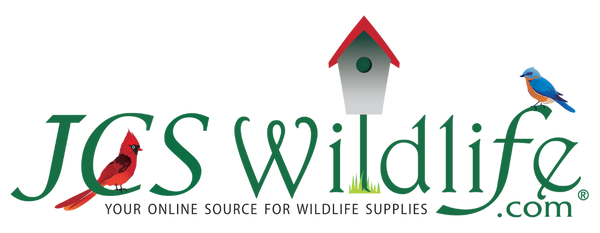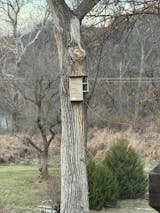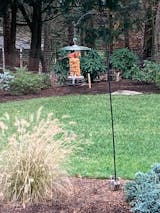Spotting a new or rare bird perched at the backyard bird feeder is one of life’s simple joys. Not only is it fun to watch the various birds come by for a visit, but feeding our feathered friends also helps sustain them when inclement weather makes foraging difficult. More than 50 million people in the United States alone have backyard birdfeeders, but knowing the best type of birdseed to buy is not always easy. The following guide breaks down seed varieties to help you decide on the best blends for your feeder.
Black Oil Sunflower Seeds
Most birds love sunflower seeds with finches, grosbeaks, chickadees, woodpeckers, titmice, wrens and sparrows taking particular interest. Goldfinches prefer their sunflower seeds hulled. The best way to serve sunflower seeds is in tubular or funnel shaped feeders. Wide ledge feeders are easier for cardinals and grosbeaks.
White Millet Seed
Juncos, sparrows, and chickadees enjoy white millet or white proso millet and these can be served in either a hopper or funnel-shaped feeder. When choosing high-quality feeds, be aware of a grain known as Milo. This is a bulking agent found in low grade birdseed. With a low fat content, and thick coating, birds will typically throw this from the feeder attracting squirrels and rats.
Cracked Corn
Cardinals, mourning doves, blackbirds and cowbirds are big fans of cracked corn, so it can certainly be used as a general feeder. Smaller birds, however, are not able to crack whole kernels and will stay clear of feeders with cracked corn. This type of feed is best offered in ground feeders.
Niger or Thistle Seeds
Goldfinches, siskins, and redpolls thoroughly enjoy these tiny black seeds. Premium thistle is a great source of energy. It can be a little more expensive because it is imported and a special type of feeder is necessary to dispense such tiny seeds.
Safflower Seed
Cardinals, chickadees, purple finches, titmice and grosbeaks are attracted to this seed. Safflower is more bitter than black oil sunflower and although these seeds will still attract birds, it will help to deter some squirrels. Though somewhat new to the bird feeding scene, these seeds have a very similar nutritional value to sunflower seeds. Platform feeders are recommended for distribution of safflower seed or in log form.
Suet
Woodpeckers, titmice, nuthatches, chickadees and many other birds love this extra special treat. It is a hard type of fat and a great energy source for birds. Suet can be rolled in seeds or placed in a mesh bag or wire cage. Suet feeders are best attached to the trunk, hung from the eaves of a house, tree, or even another larger feeder. You can also serve suet in cake form.
Keep in mind that the best backyard feeding stations offer a variety of seeds. Birds have extremely high metabolic rates and have body temperatures between 101 and 112 degrees. Because of this, they need 10,000 calories a day! (That’s like us humans consuming 155,000 calories a day). In order to fuel their high metabolism, it’s important to fill your feeder with fats and proteins because they are rich in energy. The fat and protein content should be high and crude fiber low, so be sure to read the labels carefully. As is the case with nutritional labels on food for humans, the higher an ingredient is on the list, the more the food contains. Be aware of this as you look for seed mixes and blends to choose ones where good seed is at the top of the list and fillers like golden millet, red millet, flax, and oats are at the bottom (or not listed at all).
As you can see, with so many types of birdseed, the choice really depends on what type of birds you are trying to attract. Whatever you choose, always remember to purchase premium, high quality feed from JCs Wildlife for your deserving feathered friends!





